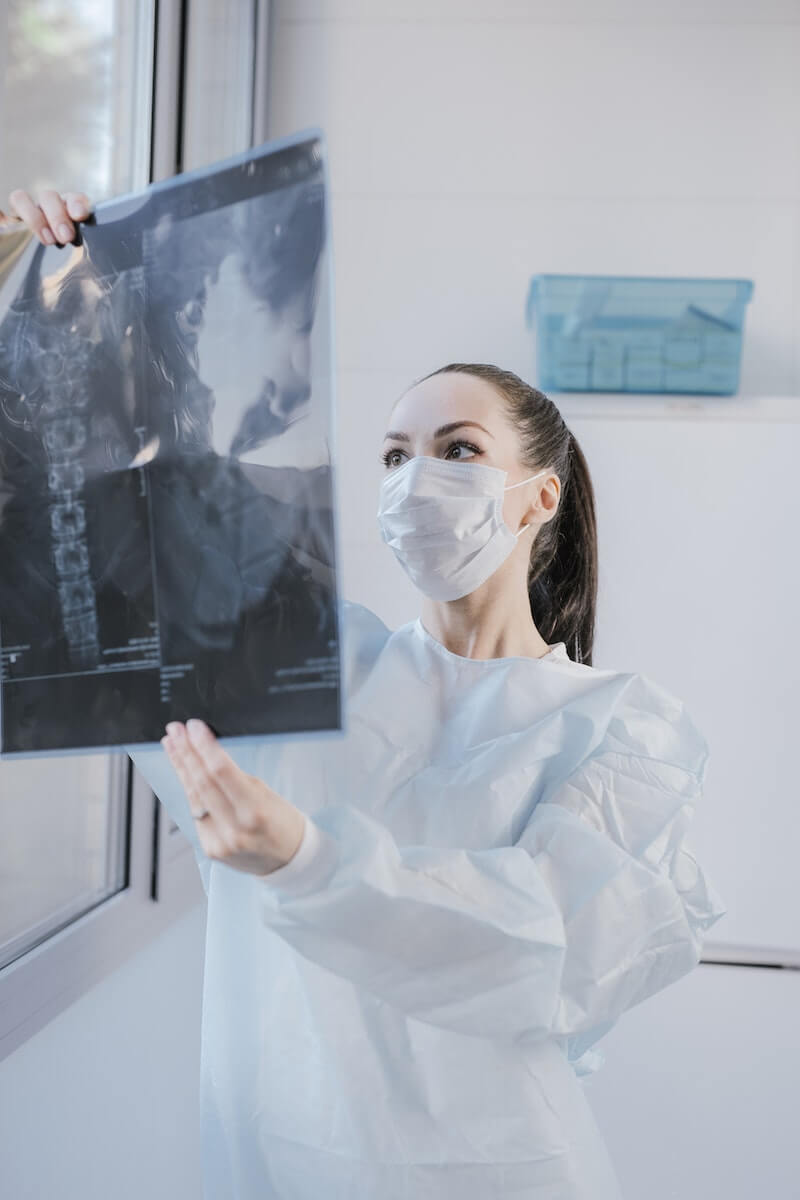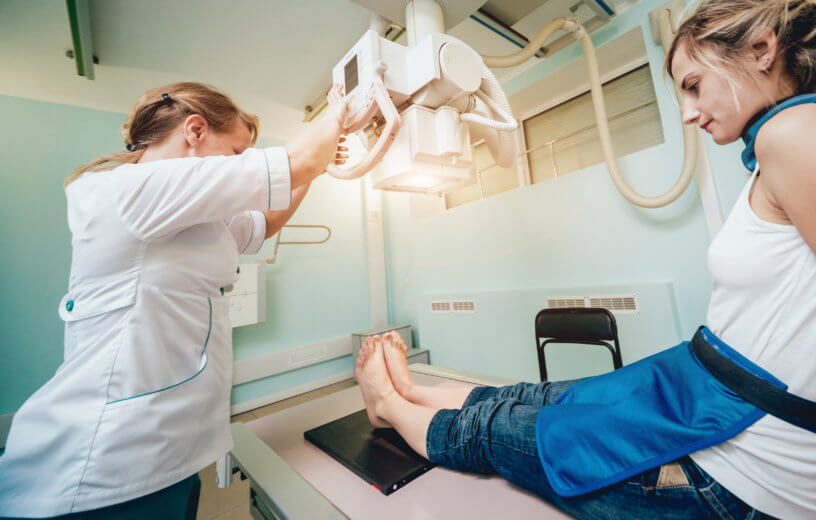OTTERBOURNE, United Kingdom — Women working in clinics and hospitals and regularly have a risk of exposure to radiation from X-rays and other medical imaging procedures as part of their jobs may be putting themselves at an increased risk of breast cancer. According to researchers writing in the British Medical Journal, these healthcare professionals need better ionizing radiation protective equipment in order to minimize their own breast cancer risk.
Ionizing radiation is a known human carcinogen, and breast tissue to especially sensitive to radiation. Consequently, many scientists and doctors share concerns regarding the safety of regular exposure to ionizing radiation during image-guided procedures. Female healthcare workers who work with these devices on a daily basis may be at a greater risk of developing the disease.
Gowns shielding radiation leave a gaping hole in protection
Of course, personal protective equipment (PPE) including lead gowns help to shield the body from harmful radiation during X-ray procedures. However, prior studies have shown that current radiation PPE doesn’t always provide adequate protection to breast tissue. Why? Modern lead gowns often leave the area close to the armpit (called the upper outer quadrant and axilla) exposed. That region just happens to be the most common site of breast cancer.
“Providing adequate breast covering PPE could therefore reduce radiation exposure and potentially help prevent breast cancer in female healthcare workers,” writes Isobel Pilkington and colleagues write in a media release.

Researchers admit that accurately measuring the risk of occupational radiation induced breast cancer among females working in healthcare is a challenge but add it’s an important task considering the number of female trainees entering these specialties continues to steadily increase. Study authors explain “it is essential that the available evidence is considered and equipment provision improved to minimize this risk.”
There is also observational evidence pointing to an increased risk of breast cancer among female U.S. orthopedic surgeons in comparison to an age matched female population. Furthermore, a small study conducted in Finland showed breast cancer at 1.7 times the expected rate in radiologists, surgeons, and cardiologists when compared with female physicians who don’t work with radiation.
So, by using artificial female torsos capable of measuring radiation exposure, researchers were able to observe inadequate upper outer quadrant protection. Additionally, the team did not see any statistically significant reduction in radiation dose when comparing standard PPE with a torso without PPE.
How can X-ray techs better protect themselves?
Occupational radiation exposure is not currently a risk factor for male breast cancer, according to researchers. However, the 2017 Ionizing Radiation Regulations do state that the radiation dose delivered to all workers should be “As Low As Reasonably Achievable” (ALARA). Study authors theorize the best way to achieve this is by reducing the duration of exposure, as well as increasing the distance from the source and shielding all workers with effective PPE.
More specifically, the research team suggests wearing additional protection, such as capped sleeves and axillary wings, under standard gowns. This would better protect the upper outer quadrant of the breast. The European Society for Vascular Surgery 2023 Clinical Practice Guidelines on Radiation Safety already recommends that female operators consider adopting this form of extra protection.
“Providing appropriate protection is a legal requirement of an employer, who has a duty of care to all workers exposed to radiation,” study authors conclude. “The female breast appears to be particularly vulnerable and it is therefore important employers invest in protective equipment that enhances the safety of all their staff.”
The study is published in The BMJ.

